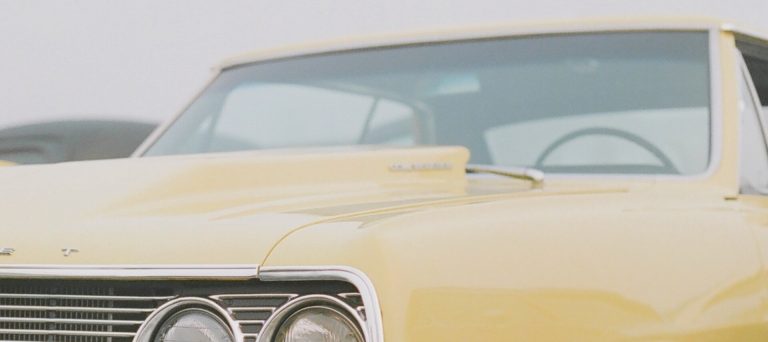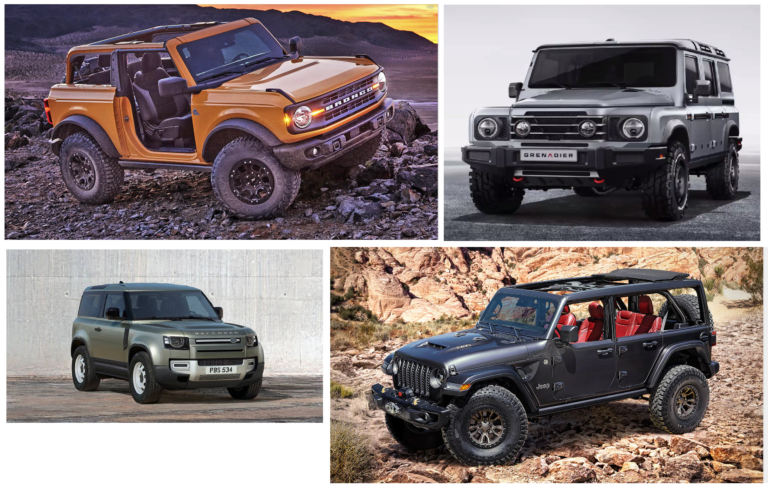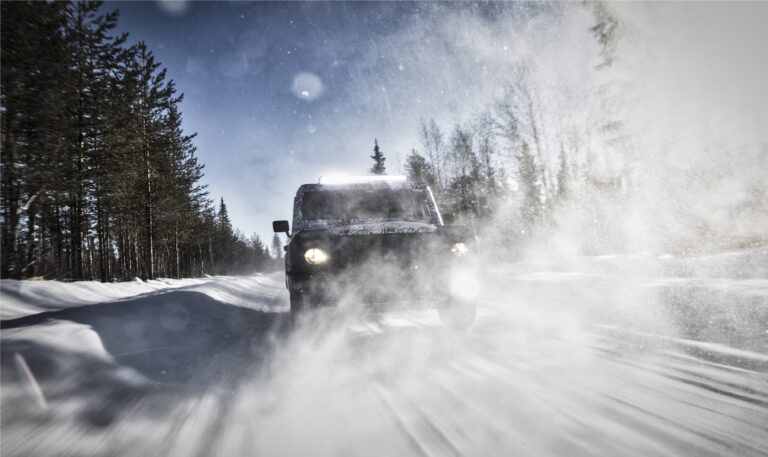Dear Baraza,
Thanks for your entertaining and informative column. After seeing your low opinion of electric cars and their potential in Kenya (Daily Nation, June 27, 2012), I want to offer an alternative view. It is clear that electric cars are the future, with oil supplies peaking and air pollution reaching critical levels in most cities. Only two things are holding back the sector: the limited capacity of batteries and their expense.
However, every year the weight and cost of batteries are going down as their density and range increase. Prices for new Toyotas start at around Sh1.6 million; new high-quality electric vehicles start at around Sh2.5 million, though government incentives can significantly reduce that price.
There is a UK company that produces electric Range Rovers that have a range of 200 kilometres per charge, and an Indian company that produces a small electric vehicle that is quite popular in London.
My question is this: if electric cars were available in Kenya, why would a discerning urban commuter with electricity at home (for slow overnight charging) decide, like you, that an internal combustion engine is a better choice? Electric cars are better for everyone’s lungs and in the long run much better for the owner’s pocket.
But they’re not on sale, new or used. Let’s bring them in! Or build our own (Ethiopia is developing one, and there is a huge do-it-yourself electric car sub-culture in the USA).
Edward Miller.
Yes, the prospects for electric vehicles look brighter as oil levels drop, but the general belief in the industry is that they are really not the answer.
A lot more investment is being made in biofuels, diesel-electric hybrids and how best to use the little remaining oil than in developing a fully electric vehicle. Hydrogen has been adopted, dropped and adopted again as a power source for an electric car, and that means the wall socket will have to continue powering TV sets and microwave ovens and forget about powering the motoring industry.
I know about the Range Rovers in the UK. How much does one go for, eh? I also know about the Indian “G-Wiz” (REVO), but this is the worst ambassador you could choose to make the case for electric cars. And in the long run, it may not be cheaper to run an electric car over an ICE (Internal Combustion Engine): what happens when the electric car breaks down?
Cars powered by moving electrons may make sense in the developed world, but around here, we first need a stable support infrastructure, otherwise prospective owners will find themselves the inhabitants of a lonely, cash-intensive planet where lovers of crude oil roam unchecked and will never, ever offer a helping hand when an electric car inevitably runs out of volts and comes to a quite stop… and there isn’t a wall socket within sight.
——————-
Hi JM,
Thank you for your continued service. I have a 1999, 1,300cc Toyota Cami that I love because it has the features I like — it is manual and 4WD. I am, however, considering making it more powerful, and I’m thinking of giving it a bigger engine (a 1,500cc or 1,600cc, preferably VVT-i, although EFI would do in case I don’t find a suitable VVT-i). My questions are:
1. Which engine should I go for (one that will be compatible without much modification)?
2. Will it require a new gear box or not?
3. What might be the power increase and how will it affect efficiency of the vehicle, including fuel consumption?4. Will it adversely affect its handling?
Thank you,
Jediel
You must be one hell of a Cami fan because yours is the first Cami I have heard of being considered for mods. Anyhow:
1. Go for the one that fits in the engine bay easiest. When it comes to the point where you start fabricating new engine mounts or modifying bulk heads/front chassis cross-members, you are entering into expensive and experimental territory, so just get an engine that will fit. Just so you know: both EFI and VVT-i can be found on the same engine: One concerns fuel delivery while the other concerns valve operation, so you can have your cake and fuel it too… I mean, eat it.
2. It may need some new ratios, but this calls for a shakedown first to determine whether or not this is necessary.
3. The new power will be the power output of the new engine. If it is more powerful than the old 1,300, then your car will definitely be faster. And a little bit thirstier, though this might not happen. You see, I have driven the Cami, and I hated it, part of the reason being that, on the highway, it requires thrashing to keep up with the rest of humanity. Maybe a bigger engine will give it a more laid back approach so that you need not cane it to go fast. Then the fuel economy gets better in that regard.
4. Depends on the weight of the new engine. The more the weight difference between the two engines, the more the effect on handling.
——————-
Hi Baraza,
I have been arguing with my friends on a number of issues that I believe you can settle for us once and for all:
1. Which are the best cars for skidding (front-wheel- or rear-wheel-drive), and why are they the best option?
2. Between Mercedes Benz, Renault and Scania trucks, which are the best for long-distance hauliage while heavily loaded?
3. Between the Toyota Hilux D4D pick-up and the Isuzu D-MAX, which has a higher loading capacity? Also, can you compare the FSR with the FH?
1. All cars will skid, except those with advanced 4WD/AWD systems. But I assume you are asking about drifting, and it is rear-drive cars that are best suited for the purpose. You may have discovered from one of my previous articles that drifting is intentional oversteer, so what you need is to break traction at the back axle.
One way is to use the hand brake while turning, because the friction circle (sharing of tyre grip between lateral grip and forward traction) cannot accommodate both the braking effort of the locked tyres and the turning effort, so the tyres lose grip and start sliding.
Another way is to use the power of the car, similar to using the hand brake, but this time instead of the traction being lost to braking, it is lost to the surge of torque from the engine. Same result: the rear of the car starts sliding and you end up drifting.
2. Depends. Nowadays these vehicles are so well developed that it is hard to put them apart, but the technological advancement of Scania may put them ahead of the pack.
3. The two pickups are not very far apart. The D-MAX has a turbo, though, so go figure. The FSR has a shorter payload area than the FH, so it may accommodate a smaller volume of luggage: but on the other hand it may lug a heavier load owing to its huge tyres and superior capacity (9,800cc vs the 6,557cc of the FH). A better comparison for the FH is the FRR (8,200cc).
——————-
Dear Baraza,
Cars either have full-time 4WD, 2WD, AWD, 4WD with select option and others that I may not know of. Now:
1. Do front 2WD cars have better fuel economy than the others (all other factors held constant)?
2. Is it possible to disengage the rear drive shaft of a 4WD automatic transmission so that the car drives with the front wheels only (it becomes a front 2WD)?
3. How complicated is this process of disengaging the rear shaft? What would be the risk to the car?4. Would it improve fuel economy and torque/power to the front wheels?5. What is the difference between AWD and full-time 4WD?
Regards,
L Murithi.
1. Generally, yes, but it does not necessarily have to be FWD. It could also be RWD.
2. Yes. This was actually a mechanical infidelity in the Freelander Mark I because the rear prop shaft would shear, rendering the car permanently FWD. Owners would rarely notice because they rarely took their cars into situations that would warrant the need for 4WD.
3. It is as complicated as applying a spanner to some bolts until the offending prop shaft falls off the car. However, if the diffs are electronically controlled, you might need to remap the control units (engine, transmission, differentials), otherwise your poor car will be confused, wondering why it has lost the feeling in two of its legs.
4. Not really, because to improve economy to 2WD levels you need to lose the entire 4WD setup. Disengaging the prop shaft is OK, but you will still have transfer cases and two or three differentials in the car, which still weigh a lot. Discarding some of these pieces of kit may leave holes and gaps, making your car look like a competitor in a demolition derby. It will not “improve” torque/power, but all of the available power/torque will be going to the front wheels, so you could say that.
5. AWD distributes torque to tyres depending on available grip levels, so in extreme circumstances, the car could be one-wheel drive, since the diffs distribute torque between axles (front and back) and across sides (right and left). Full-time 4WD means all wheels receive torque at all times irrespective of whether or not they are slipping. Torque may be shunted in the same way as the AWD, but the difference is, while in AWD a car can be one-wheel or 2WD, for full time 4WD no singe tyre/axle is completely starved of torque
——————-
Hi Baraza,
I wish to upgrade from a Toyota Corolla AE110 to a Subaru Forester 2.0XS 4WD AT 2.0 (2005). Have you test-driven this car? If so, how would you rate it? Would the upgrade be worthwhile?
Regards,
Alex.
I have driven both the XS and XT versions of the Forester, and I rate them both highly, especially the XT (because it has a turbo, albeit a small one). Depending on your desires, the upgrade may or may not be worthwhile, but the general feeling would be it is a worthwhile venture.
——————-
Hi Baraza,
I appreciate what you do for us and, after following your articles, I have become very enlightened on various vehicle problems that I even find myself transferring your valuable advice to my mechanic.
I drive a Subaru Legacy, twin-turbo, station wagon. Brilliant car! However, it has one major shortcoming when driving at high speeds, especially in gears three and four. At times it lags as if I’m off the throttle, which is very dangerous, especially when overtaking.
My mechanic has never figured out why, but when you drive it and time the gear change appropriately, it flows smoothly. But that only comes with experience and at times you can get it wrong.
I suspect there is a turbo lag as it changes to the second turbo, but my mechanic doubts that since both turbos are okay. Kindly let me know what to do about it.
Elly.
Is your car manual or auto? What you describe there sounds like turbo lag, but then again you have mentioned something about changing gears.
Anyway, if it is manual, try keeping the revs high for the turbos to work properly (they only spool in at high rpm, say, 3,000 rpm or more) and avoid short-shifting (changing up too early). If not, get a mechanic who will look at the turbos physically. There could be boost leakage either from a burst pipe or worn out impeller blades inside one or both turbos.
——————-
Hi Baraza,
My Nissan N16 showed the ‘check engine’ light when it was almost due for service.
I took it for service but the light did not go off, so I took it for diagnosis. My mechanic had checked the air flow sensor and said it was okay, but the diagnosis showed two faults — air flow sensor and knock sensor.
After being reset, only the knock sensor fault remained. The ‘check engine’ light has not appeared again since that day, though I’m advised to change the knock sensor.
Should I still go ahead and replace it? Should I buy it new or second-hand?
What is the work of a knock sensor in an engine?
Kind regards,
CB.
I don’t know how your mechanic came to know the air flow sensor was okay, but if the knock sensor is kaput, replace it too.
The purpose of the knock sensor is to detect “knock” (caused by pre-detonation of the air-fuel mixture), or pinging, after which the ECU advances or retards the ignition timing to optimise power and economy.
Knock is caused by wrong fuel grade (low octane rating), overheating or when the timing is too advanced; or even by hot carbon deposits within the cylinder.




